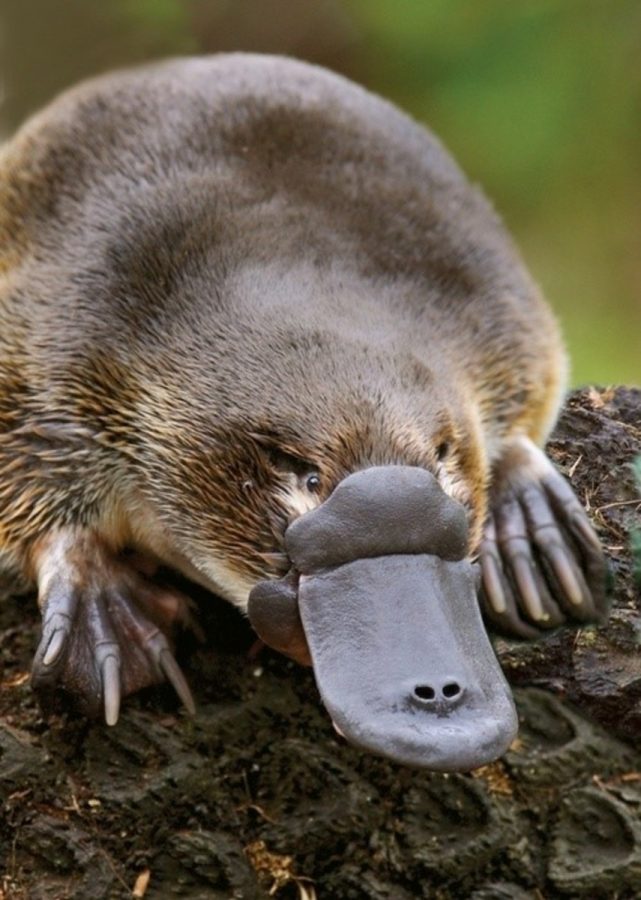

This weasel-like protomammal belonged to a group called cynodonts, related to the earliest mammals, and lived during the Jurassic about 185 million years ago. Two years ago, paleontologists Eva Hoffman and Tim Rowe announced that they had found an entire clutch of a protomammal called Kayentatherium. To identify when mammals switched to live birth, paleontologists have to sniff out very rare and hard-to-discern evidence of how our ancient forebears and their relatives reproduced. As far as protomammals and their relatives go, though, the available evidence hints that live birth only evolved once. While most reptiles lay eggs, live birth independently evolved over 100 times in species such as blue-tongued skinks and boa snakes. This is the simplest interpretation of the evolutionary history, he notes. “I’d say that all non-mammalian synapsids laid eggs and that live birth evolved once, at the common ancestor of marsupials and placentals,” says University of Washington paleontologist Christian Sidor. Part of the task facing paleontologists is determining when live birth evolved, and how many times.

Same goes for marsupials giving birth to tiny, underdeveloped joeys. The way that placental mammals (including humans) birth more developed young only came about relatively late in the evolutionary story. These protomammals are known as synapsids, and for millions upon millions of years, synapsids laid eggs. Over 300 million years ago, the early ancestors of mammals split away from their reptile relatives. The way monotremes keep the generations going is a look into the deep past. And, to this day, these mammals reproduce by laying small, spherical eggs that protect the gestating puggles (that is, a baby platypus or echidna) inside, until they’re ready to push their way out. The duck-billed platypus and spiny echidna belong to an archaic group of mammals called monotremes that split off from other early mammals more than 100 million years ago. The question is when our forebears made the switch.Ī handful of living mammals start their lives by breaking out of eggs. Some mammals still lay eggs, just as our ancestors did for millions upon millions of years.

All of us were born live, and we might seem to think of this as the default for mammals.


 0 kommentar(er)
0 kommentar(er)
